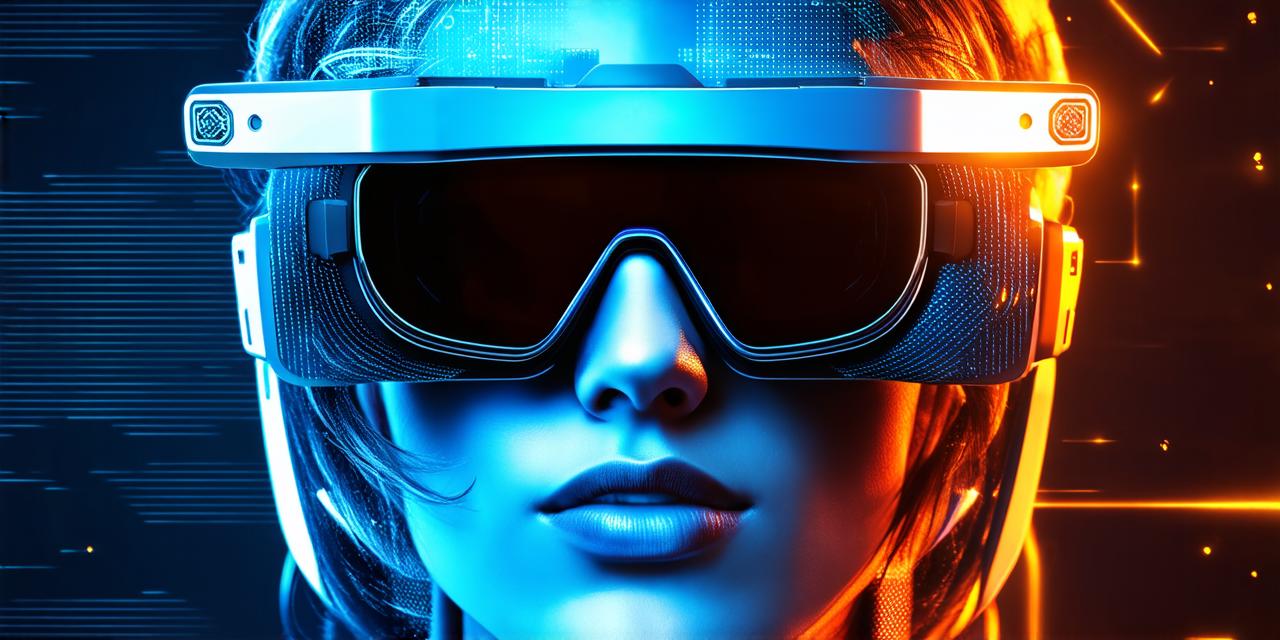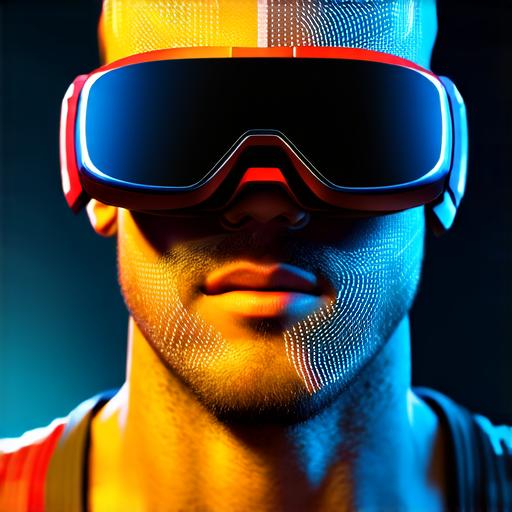
How are virtual reality and human perception interconnected?
Virtual reality (VR) is an emerging technology that has the potential to revolutionize how we interact with the world around us. At its core, VR involves creating immersive experiences for users by simulating a 3D environment that they can explore and interact with using specialized devices such as headsets, gloves, and motion controllers.
Human perception is the process by which we interpret and make sense of the world around us. It involves a complex network of sensory organs such as the eyes, ears, nose, skin, and tongue that work together to gather information about our environment. This information is then processed by the brain, which creates an internal representation of the world based on past experiences and knowledge.
The intersection of VR and human perception becomes particularly interesting when we consider how VR technology can manipulate and influence this process. For example, VR headsets can simulate visual and auditory stimuli that are not present in the real world, allowing users to experience things that they would otherwise be unable to see or hear.
This has led to a growing interest in using VR for therapeutic purposes, such as treating phobias, anxiety disorders, and post-traumatic stress disorder (PTSD). However, the manipulation of human perception through VR can also have unintended consequences. For example, studies have shown that users who spend extended periods of time in a VR environment may experience symptoms similar to motion sickness or disorientation.
This can be particularly problematic for people with pre-existing conditions such as epilepsy or vestibular disorders, who may be more susceptible to adverse reactions. Another important consideration is the potential for VR to alter our perceptions of reality in ways that we may not even realize.
For example, a study conducted by researchers at Stanford University found that participants who spent time in a VR environment were more likely to believe that they had physically moved through space than those who had experienced the same stimuli in real life. This raises questions about the nature of perception and the extent to which our brains can distinguish between simulated experiences and reality.
Despite these challenges, there are also many opportunities for VR and human perception to work together in novel and exciting ways. For example, researchers at the University of California, San Diego have developed a VR system that allows users to experience the sensation of weightlessness by simulating microgravity conditions.

This has potential applications in fields such as space exploration and astronaut training. Another area where VR and human perception intersect is in the realm of education. VR technology can create immersive learning environments that allow students to explore complex concepts in a way that is not possible with traditional teaching methods.
For example, a VR simulation of the solar system can help students understand the relative sizes and positions of the planets in our galaxy, while a virtual dissection table can allow medical students to examine human anatomy in 3D.
In conclusion, the intersection of virtual reality and human perception is a complex and fascinating area that raises many important questions about the nature of reality, the limits of human perception, and the potential for technology to shape our experiences of the world. As VR continues to evolve and become more widespread, it will be essential to understand these issues and their implications for both individuals and society as a whole.


